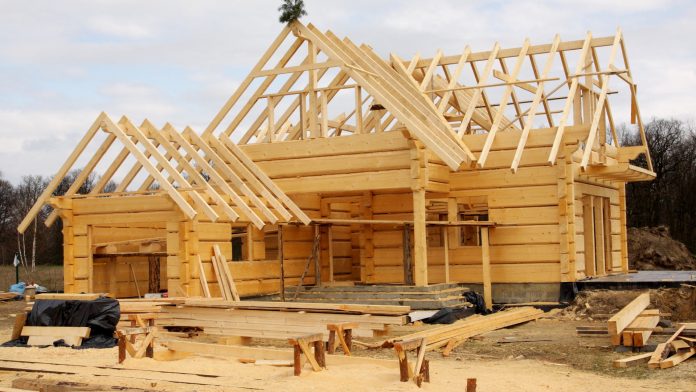Stocks were mixed this morning as the Dow traded flat through noon and the S&P enjoyed a slight uptick. The Nasdaq Composite, meanwhile, fell 0.2% in response to rising yields.
And though stocks seemed to stabilize today, it’s been a rough month overall for bulls after several weeks of strong gains in July.
One of the standout performers of the morning was Cisco Systems, which enjoyed an upwards swing of more than 4%, thanks to a quarterly earnings report that exceeded expectations. On the other hand, retail giant Walmart observed a decrease in trading despite announcing an impressive earnings beat for its fiscal second quarter and highlighting robust growth in grocery and online sales.
The central theme underpinning today’s stock movement appeared to be the Fed’s stance on inflation. Yesterday’s hawkish Fed minutes release hinted at the possibility of further monetary tightening, aimed to rein in still-above-target inflation. Investors are worried that the fed funds rate (currently 5.25%-5.5%) could go higher again before the year is over.
Those concerns are not limited to the stock market, either. The 10-year U.S. Treasury yield is approaching levels not seen since October of the previous year, indicating a broader market shift. But perhaps the most palpable change is being felt in the housing sector.
The housing market, a barometer of economic health and consumer confidence, is currently under strain. This week, 30-year fixed mortgage rates breached the 7% mark, hitting a more than 20-year high. Such high rates coupled with rising house prices are causing potential buyers to rethink their decisions. Jim Tobin, CEO of the National Association of Home Builders (NAHB), commented on this trend, stating, “I think what we’re seeing is the Fed’s efforts to crush inflation are in turn starting to crush demand.”
His sentiments were echoed by Jason Sharon from Home Loans Inc. who mentioned the struggles faced by those wanting to buy in the current economic climate.
“It’s brutal out here. Highest rates in 20 years and getting worse,” Sharon said.
“I believe people still want to own homes, [but there are] just so many that cannot afford it based on the combination of higher home prices and rates.”
The implications of these elevated mortgage rates go beyond just the immediate financial cost. Len Kiefer, Freddie Mac’s deputy chief economist, suggested that unless rates see a significant drop from their current levels, the housing market is set to remain sluggish.
“We can’t be sure where rates may go in the future,” Kiefer said.
“But if rates don’t drop sharply from today, refinance volume is likely to remain near historically low levels and the mortgage rate lock-in effect is the largest ever — further reducing already the slim inventory of for-sale homes.”
Despite a slight uptick in the unsold single-family homes inventory, the numbers are still lower than what they were last year. Altos Research’s Mike Simonsen pointed to the slowing momentum in the housing market, indicating a potential waning in buyer interest.
“It looks to me like one of the signals of slightly fewer buyers,” Simonsen explained.
“In the first half of the year, inventory declined because demand was greater than the season would indicate. Now that extra little boost of demand seems to be gone from the housing market.”
In summary, while the US economy has managed to stave off a crushing slowdown, the housing sector paints a far less optimistic picture. The bond market has similarly looked far more bearish than equities for quite some time. Perhaps the current selloff will close the large “sentiment gap” that developed over the last few months as the recent slide goes from bad to worse.









